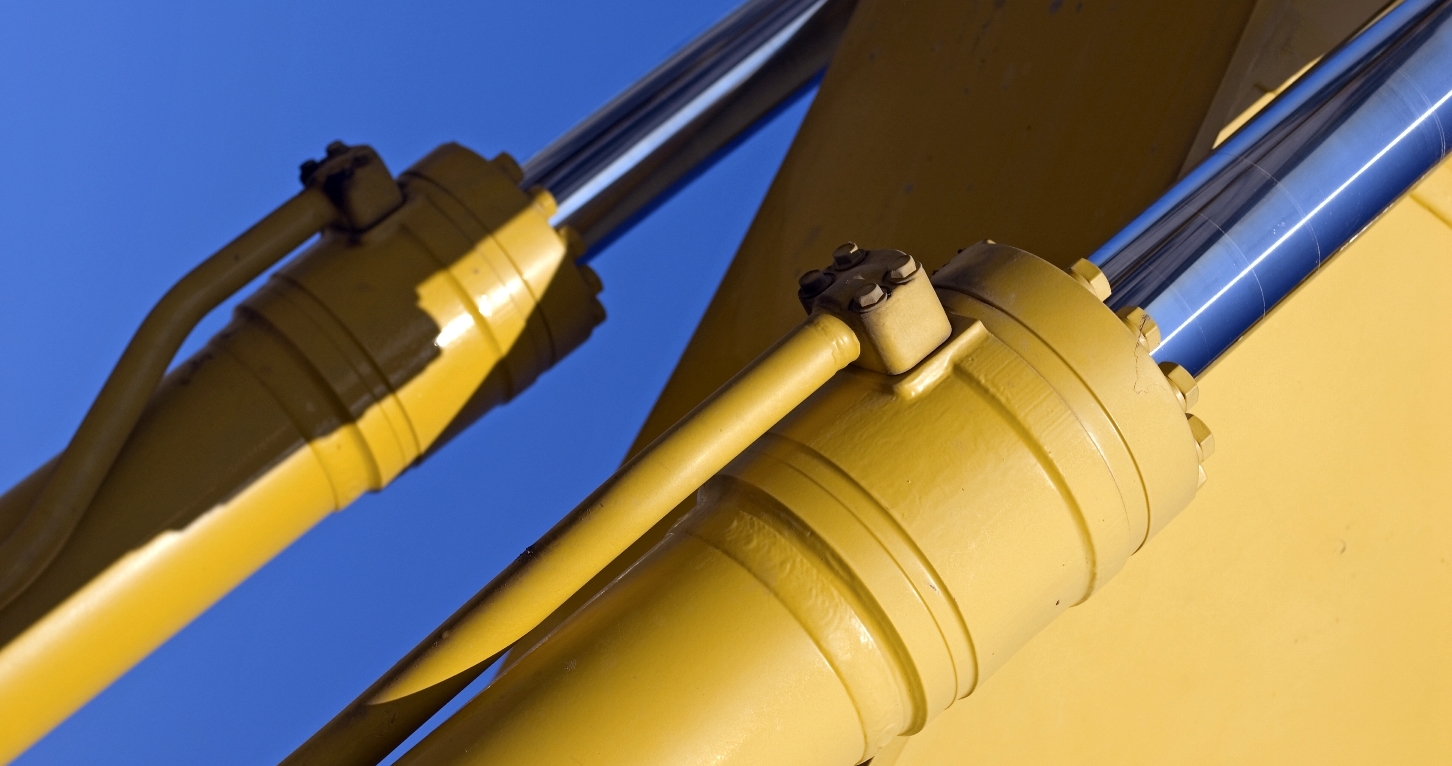Steel used in aggressive environments subjected to corrosion coupled with high wear have traditionally used electroplated “engineered” hard chrome (EHC) for surface protection. While other electroplated metals like cadmium and zinc-nickel provide good corrosion resistance, they wear off quickly, leaving the underlying steel exposed. And, in recent years, there has been a push to replace toxic hard-chrome plating to improve worker health and safety.

Integran’s cobalt-phosphorous plating protects cylinder rods from wear and corrosion.
Over the past decade Integran Technologies, Toronto, has developed an electroplated nanocrystalline cobalt, called Nanovate CoP, that reportedly is a cost effective, higher performance, drop-in substitute for hard-chrome plating. It replaces EHC in hydraulic and actuator components like aircraft landing gear, cylinder rods and similar parts. The material is particularly suited for hydraulic and pneumatic sliding-wear applications and high-chloride corrosion environments such as salt spray and muriatic acid wash-downs. Development work was in cooperation with Navair Jacksonville.
SAE International recently issued an Aerospace Materials Specification, “AMS-2428 – Plating, Cobalt-Phosphorus, Nanocrystalline,” covering Integran’s proprietary Nanovate CoP technology. The spec covers the requirements for electrodeposited nanocrystalline cobalt-phosphorus plating as a wear and corrosion-resistant coating for repair and OEM applications, as an alternative to electrodeposited hard chromium.
The process is also covered by the U.S. DoD Mil-Spec “MIL-DTL-32502 – Coating, Cobalt-Phosphorous Alloy, Nanocrystalline (Electrodeposited).”
The AMS issued by SAE International complements the Mil-DTL specification and recognizes the exceptional properties of Nanovate CoP in protecting steel from corrosion and sliding wear and improving fatigue resistance over hard-chrome-plated aerospace parts, said Dr. Gino Palumbo, President & CEO of Integran. “This accomplishment is expected to significantly increase the use of our Nanovate CoP coating for plating aerospace parts, which are often overdesigned to take into account the fatigue debit imparted by hard-chrome coatings.”
According to the company, the material/process has the following benefits:
Lower labor cost. Nanovate CoP has a high deposition efficiency (>90% versus 15 to 25% for hard chrome), leading to faster parts processing and sizeable labor savings.
Lower plant and electrical costs. High deposition speed opens the door to replacing multiple chrome lines with a single Nanovate CoP line. This reduces plant costs per processed unit and means fewer storage tanks and power supplies for the same through-put. It also offers the option to increase capacity. And because most of the power consumed in CoP processing goes into depositing metal, rather than generating gas and heat during deposition, this reduces electricity costs per part.
Higher corrosion resistance. Corrosion resistance of Nanovate CoP far exceeds that of hard chrome because the material is not microcracked, according to company officials. That eliminates the need for expensive nickel underlayers that are common with hard-chrome in high-corrosion environments. The corrosion performance also opens the door to reducing thickness, which further reduces part costs.
Lower friction/sliding wear. The lower coefficient of friction of Nanovate CoP versus hard chrome contributes to better sliding wear performance and, therefore, lower seal leakage rates.
Improved fatigue performance. Many aerospace parts are designed based on steel strength, and fatigue performance is critical in maintaining a minimum strength over repeated loading of the parts (aircraft landing gear is one example). Because Nanovate CoP plating is a high-strength structural cladding, it minimizes the fatigue debit imparted on steel. This is in contrast to hard chrome which imparts a significant fatigue debit and results in heavier, over-designed parts.
High spalling resistance. The high elastic limit (≈1%) of nanocrystalline Nanovate CoP makes for high spalling resistance in high-strain applications. It differs from other processes like thermal sprayed (HVOF) ceramic materials which have a low strain capability and a tendency to spall under repeated high-strain applications.
Integran licenses the technology to interested parties like Navair, Pratt and Whitney, and Enduro Industries, and offers low-volume production and application engineering at its facilities in Toronto.
Integran Technologies
www.integran.com
Filed Under: Cylinders & Actuators, Mobile Hydraulic Tips